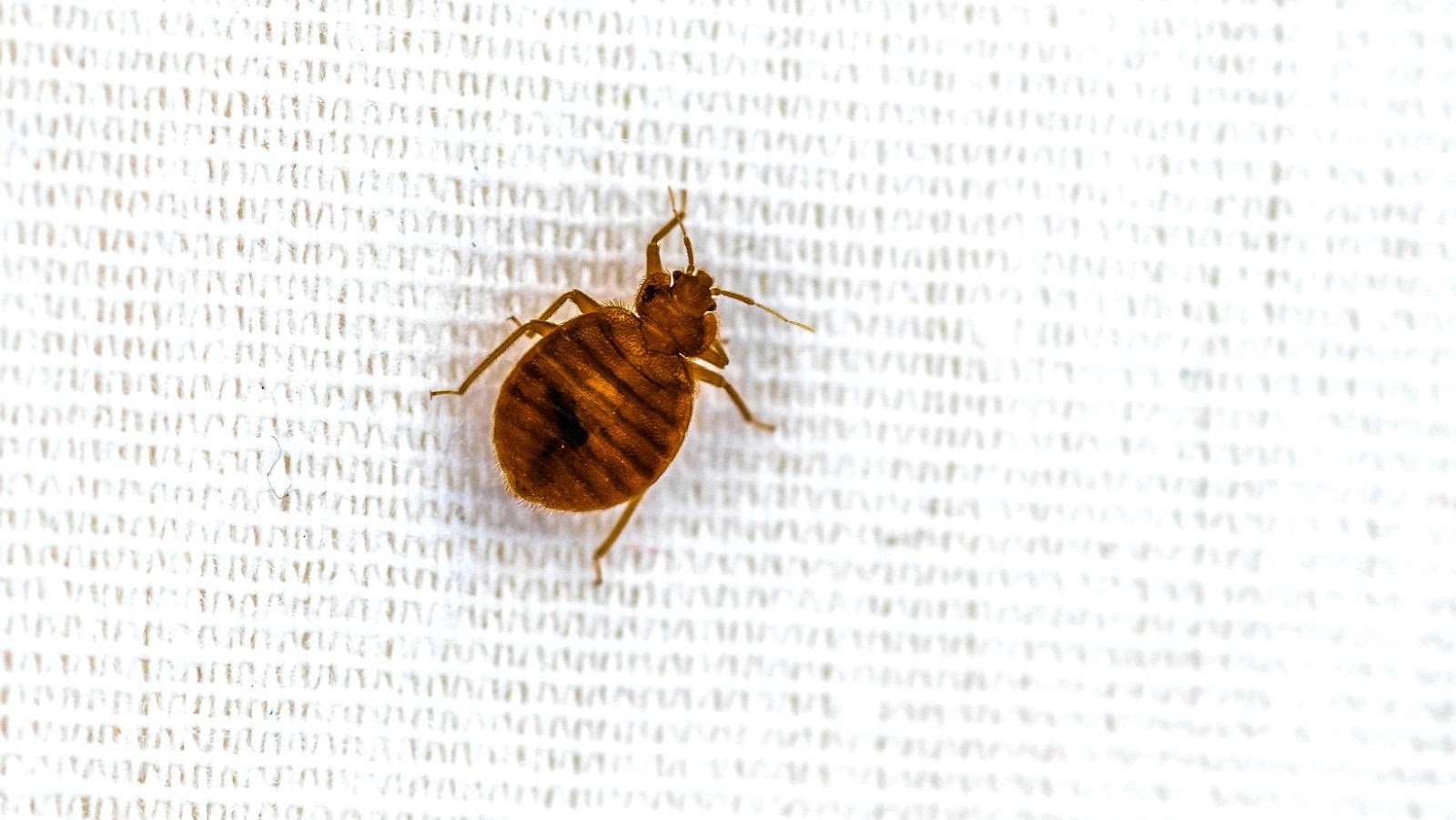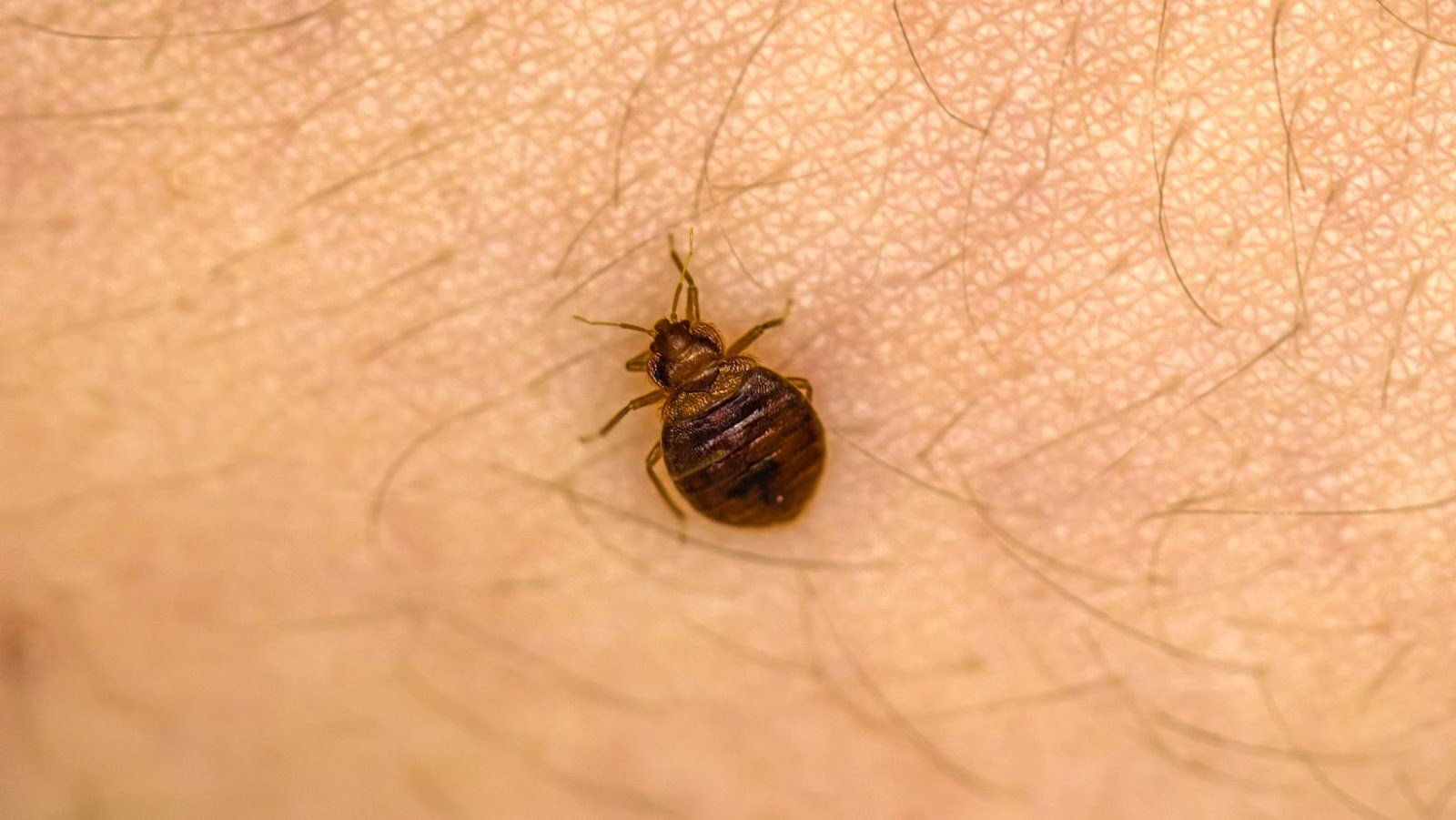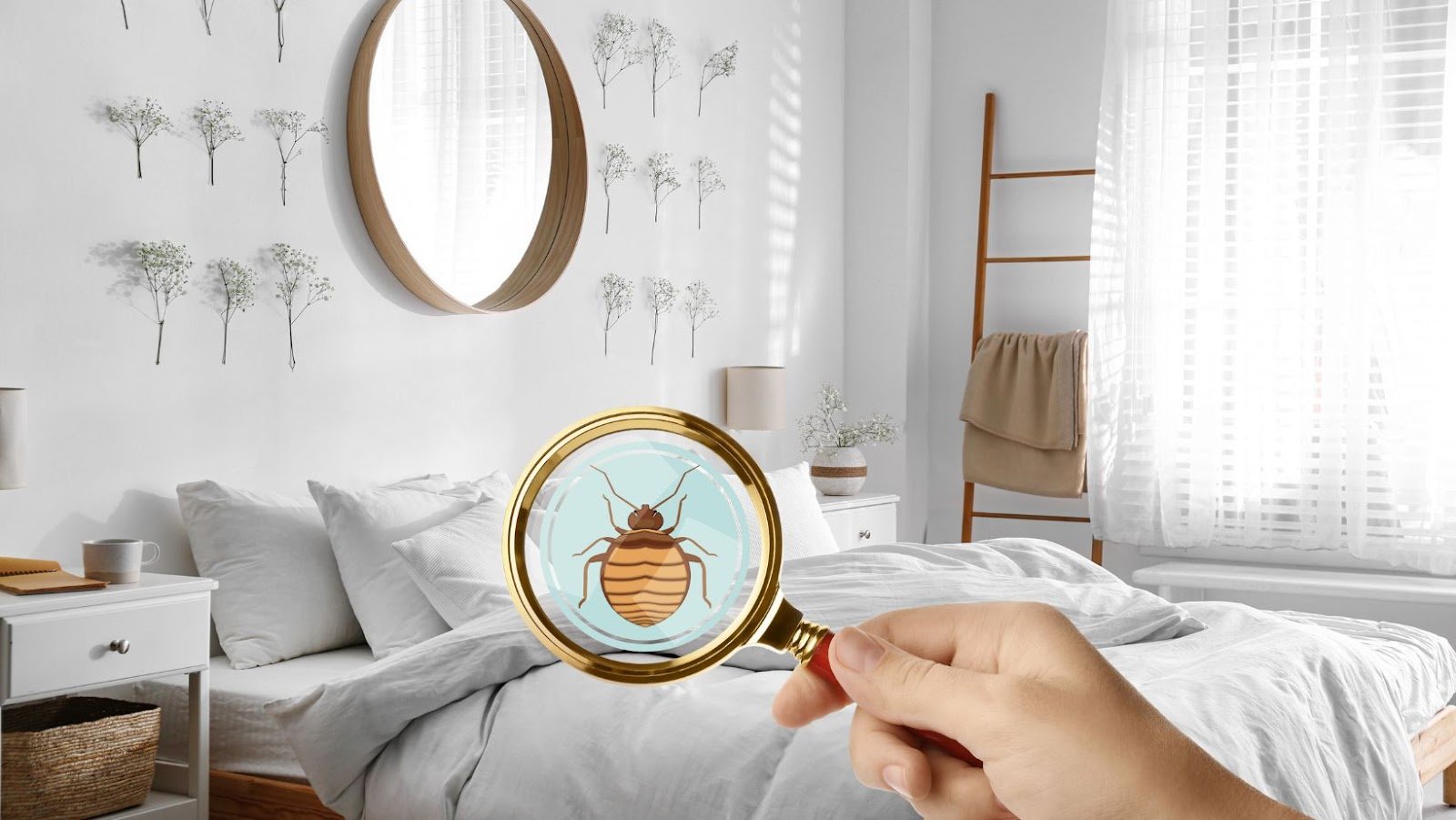Bed Bugs are one of the most bothersome insect pests in the home. These blood-sucking critters infest one in every five households, according to an estimate. While they may not have the athleticism of most insects, they are remarkably persevering and elusive. These qualities make them hard to control.
“Applying heat with devices such as a hair dryer and using bedbug traps are valid options in this respect. However, you have to take note of the degree of infestation in choosing the right trap for use. This will culminate in the best results for you, short and long-term.”
To make matters worse, they may be too tiny to see at a glance. More times than often, consulting an exterminator’s services may be the most rational decision to take in managing the problem. Read on to find out the things that lure these critters out and how to control them.
Factors That Lure Bed-Bugs Out From Their Hiding Spots
Heat
Heat is a stimulant for bedbugs. It is one of the things that gets them out to feed on humans- in this case, body heat. The more intense it is, the higher the tendency to troop out in large numbers. However, there is a temperature limit beyond which they die- about 120 degrees.Hiring a professional provider is essential for successful pest control Plantation to guarantee that your house stays pest-free.
Co2
Carbon dioxide is also another potent attractant of bedbugs. In combination with heat, it is one of the most potent attractants of bedbugs. Studies have shown that bedbugs can detect ambient CO2 to ascertain if a host is nearby. Slight increases may cause them to troop out in their numbers.

Other Bed Bugs
Furthermore, because they are nocturnal, they come out from hiding under darkness. It is noteworthy that pheromones from other bedbugs can also lure others out.
Many traps on the market make use of all these lures to capture and control bedbugs. Professional help is just as result-yielding in dealing with these critters too. Find out more.
Bed-Bug Traps
When you need to fish out these critters from their hiding places, you could use ready-made bedbug trap models on the market. Various bedbug traps are available for use, with different modes of action and longevity.
Generally, they fall into categories such as the ‘active’ (which uses bait) and ‘passive’ (which doesn’t use bait).

Interceptors are a popular passive trap option. These traps are moat-themed and plastic-made. The outer surface of the walls is rough, and the inner is smooth. When in use (with the legs of the bed, for example), unsuspecting bugs climb into and inescapably fall into the moat of the interceptor.
These are active traps. In strategic locations, they glue and capture unsuspecting bugs. Some traps use glue to capture unsuspecting bed bugs as well. Some other active bedbug trap models on the market use CO2 to lure out bugs.
Some others use heat, while some use pheromones. In all, they are all result-yielding. However, efficacy primarily depends on how well they align with your room conditions and the degree of infestation.
Conclusion
Bedbugs can be problematic because they are nocturnal, minuscule, and adept at hiding. Thus, you might have a profound infestation brooding under your nose without the slightest idea of what is happening- apart from the apparent discomfort and bites. Bringing them into view is the first step to extermination and de-infestation.
Applying heat with devices such as a hair dryer and using bedbug traps are valid options in this respect. However, you have to take note of the degree of infestation in choosing the right trap for use. This will culminate in the best results for you, short and long-term.











































































































